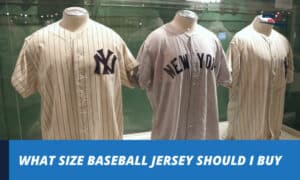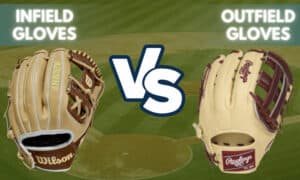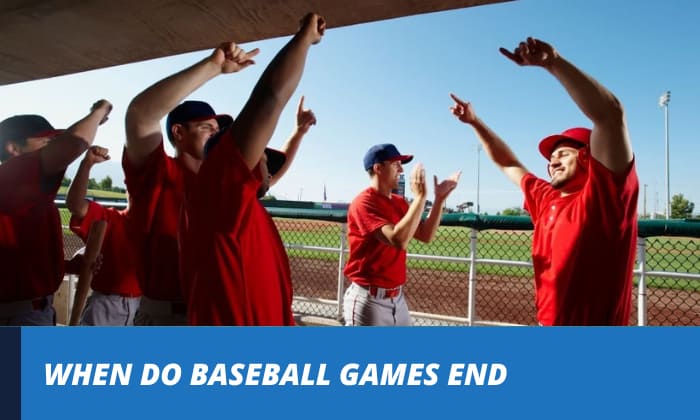
Every beginning will always come with an ending. At least, that happens in every match of every play. So, even a game of baseball will meet its stop.
Yet, this sport is different from other sports. It has no timer, making the end quite surprising. Thus, the question is – when do baseball games end?
Well, it is when one team leads with the lowest number of innings. Let us dive in a little more as you read on.
Contents
The Timing of Baseball Game Endings
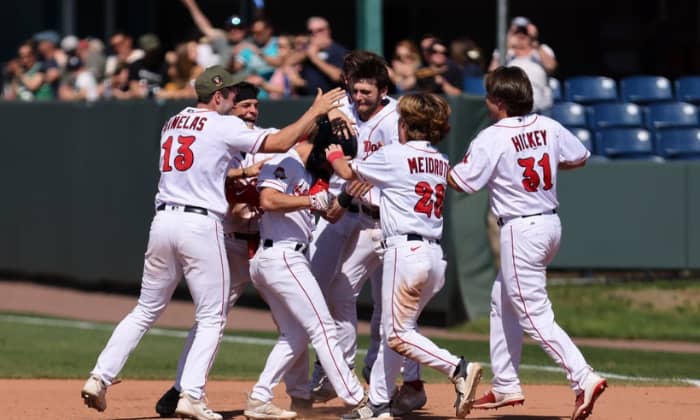
The baseball game has no time limit, or at the very least, it will take a period to close. As stated earlier, it usually occurs when a team rules the other team through the number of innings. So, a match of more than 2 to 3 hours.
So, in most leagues, there are a total number of 9 innings which are the targets of the winning team.
To help you further, read on to learn about the top timings to end a match. Know which are the ones to make a baseball game over!
Typical Ending Times of Baseball Games
Discover the most common endings in baseball as you move along to this part of the guide. In this part, learn which are best and most memorable yet.
1. Played All Innings of a Regulation Game
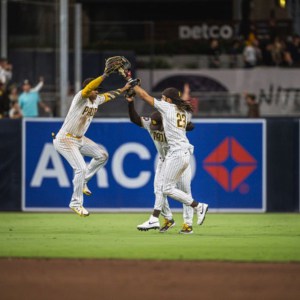
It is the no. 1 prior type of ending time on the list. Although this sport is not for timers, it still follows a strict flow of rules.
So this means that if there are nine total innings, there are 27 outs per team. Or, if the rule changed, there can only be seven innings with 21 outs in each group.
Also, you better watch out because there are instances when both teams should use all their outs keys. In this way, the visiting team has the pars to win.
Note that this applies to both pro and non-pro leagues.
2. Endings in Add-on Innings

Games can end with extra innings if the game is still tied after the standard 9 innings in the professional league.
If you are in the MLB, you have loads of innings to score more. But, if you are not, it is only capped for you to bid. You need to check if the regulation is on or if the game has the potential to end in a tie.
3. Bottom Half of the Last Inning Ending
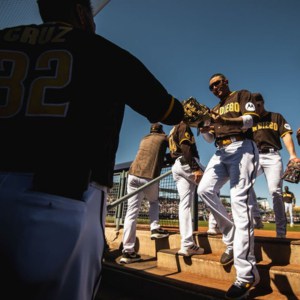
This typical ending comes if the home team leads – at any point – during the last inning’s bottom half.
If it is a 9-inning match, the home team must be ahead of the rival. With this, they don’t need to cap 27 outs because they are already leading during the bottom half. 24 outs for a play will certainly do!
However, if you are playing for the non-pro, the home team must lead at the end in the 7th inning. As the team takes the lead in the bottom, they can go for 18 outs only.
4. The Weather Ending
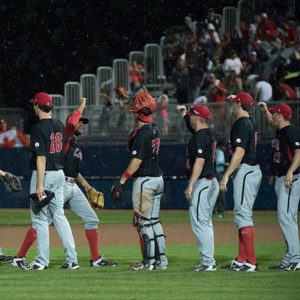
Since all baseball plays happen in the brisk of the outdoors, weather issues are inevitable. As expected, this can cause a tight end on such game length.
Depending on the league type, here’s what will happen if there is a weather event.
> For Pro League: If the weather is bad and one team is ahead after 15 outs, the match already has a champion. But the game will continue for another day if the match has tied scores.
> For Non-Pro League: The game will surely end if the conditions make the area unplayable as long as it is done with at least 12 outs. It is the minimum number of outs to see who is leading.
5. The Forfeit Ending
It may sound uncommon for you to hear that forfeiting can be a baseball game ending, but it is not. A lot of sports experience this.
Declaring for a game loss before 9 innings is possible due to the players. The possible causes can be a short number of men playing, injured players, or other grounds relating to players’ power to play. With this, the game can end early.
The scorebook will be 1-0 for the forfeited team.
The following mentioned endings suit all types of leagues. On the other hand, there are other typical closes for baseball games in non-pro only. Check out the other two.
6. The 10-Rule Run Ending
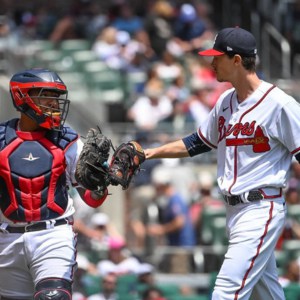
Unlike the MLB or the Minor League, non-pro games do not need to complete the 9-inning play to claim a winning team. So, this run rule is only fitting for amateur matches.
If a team is ahead by a fixed number of runs after a set number of innings, the game ends, and the leading group bests.
7. The Timer’s Up Ending
As noted earlier, professional matches have all the time to do the actual game. That is their edge, unlike the non-pros, who have limited time.
So, normally amateur plays end within a span of 2 hours. There is no overtime or another inning to finish. Whoever the team leads within that period is the winner.
Normal & Abnormal Situations of Baseball
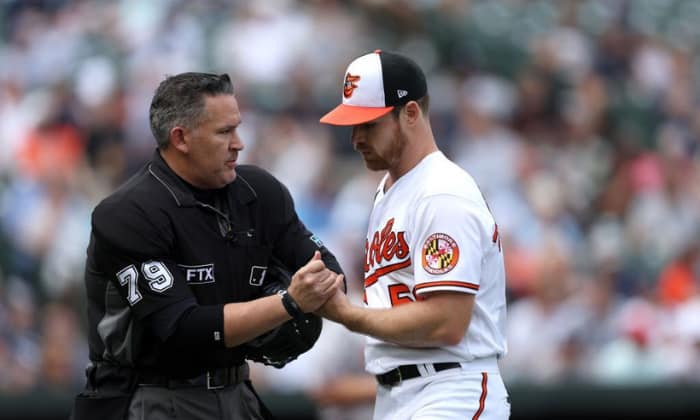
First, a baseball situation changes the balance, and one team holds the higher points. The forward charge will decide the winner or the finish of the game. Yet, this is not visible during the first half of the innings.
So, you need to move forward through the rest of the play. At times, it can be the force that drives the offense to be the defense or vice versa.
- First and Third Plays Situation: Runners from the Offense Team go to the First and Third Bases. As for the defense, they need to be ready!
- The Bunt Situation: The event only occurs after 2 outs and for the game’s runners.
- The Infield In Situation: This might be a tough case since the defense targets to play infield and on the grass. Things can be intense if this ensues.
- The Corners In Situation: It is the same as the Infield In Event. The only difference is that the 1st and 3rd basemen are playing.
- A Pickle Situation: It is also known as a Rundown. This is an event that can trap an offensive runner between two bases.
There are other ending situations that ought to allow for discovery. Pretty sure we are all giddy to learn about them soon.
Factors Affecting the Duration of the Game
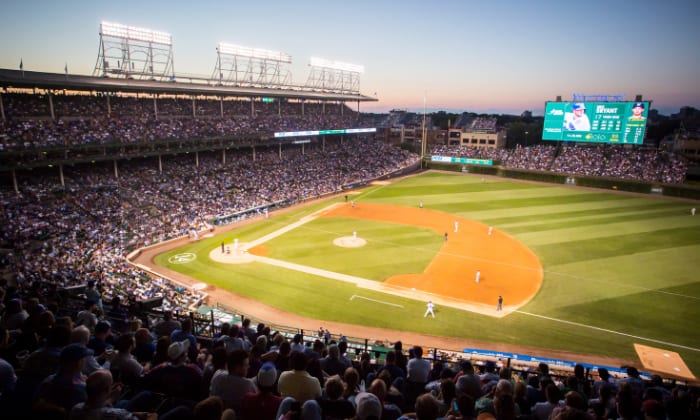
The duration of professional baseball games can reach up to hours until the last inning happens. Even non-pro matches can go for that long, but not longer than MLB and Minor Playoffs. Here are a few factors that affect its course.
- Type of League
- Number of Pitching Changes
- Players’ Performance
- Runs Achieved
- Change of Rules
- The Pace of the Baseball Play
- The Crowd during the Game
- The Festivities during Pre-Game, including Match Breaks
- Conditions of the Weather and Field
The following details can influence the runtime of the actual play. Whether it is a long practice of batting or rain delays, they may cause an early end or a usual prolonged one. Nevertheless, it still depends on how the sport’s action will turn out!
Game Regulation of Baseball
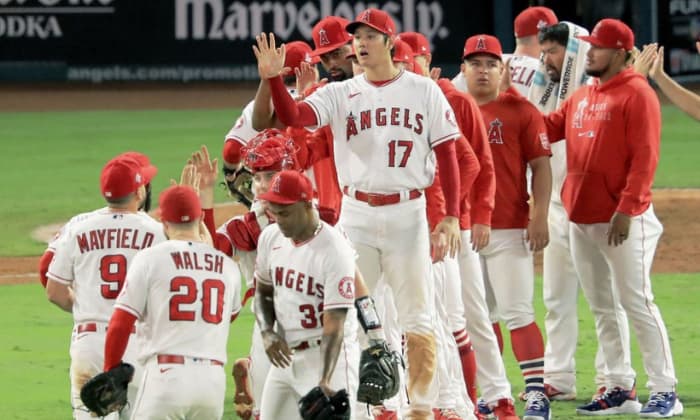
The game regulation, or the official game as others call it, is when the visiting team has already made five innings. Also, it could take place if the home team is leading on the scoreboard.
Moreover, this is an active course for the home team as it completes 15 outs – regardless of the score.
On the other hand, the types used this tradition.
Baseball League Types That Applied by This Rule
Since the pandemic, professional leagues like MLB and State matches have used this rule. In contrast, amateur playoffs are cozier than the other baseball types. Read on the reasons below:
Weather upsets can cause a regulation game to end. Yet, the effect varies on the following:
- The home team keeps the higher score.
- The scores are tied, and the visiting team is leading. The game aims for a new schedule to proceed again.
Examples of the Quickest and Longest Baseball Games
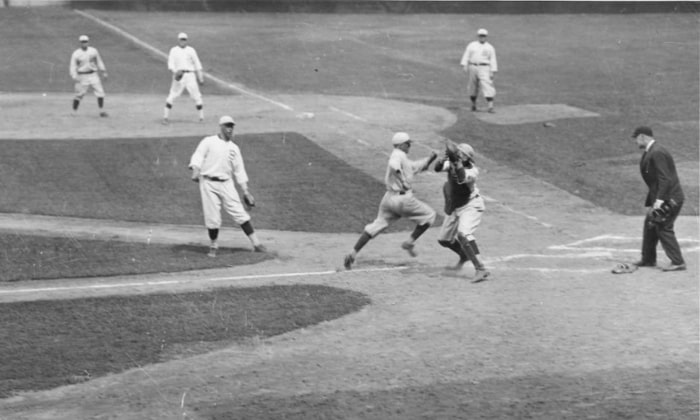
We already answered, “How does a baseball game end?” Now is the time to surprise with some trivia about its endings.
The longest game in baseball history is the 1920 Season—Robins (now Dodgers) versus Braves with 26 innings for 3 hours and 50 minutes. Yet, there is one play from the minor league with 33 innings.
While the quickest MLB game ever occurred during the early 1900s. These are two minor league games, the years 1910 and 1916.
Conclusion
The curiosity game is finally ending; when do baseball games end? It is such a trip that refreshes our minds about this sport. We all know that endings can be that informative!
As for this guide, finishing a game entails a lot of events. Even the factors that affect its span can be pretty stunning. But it is good to know that baseball can end for such reasons.
For now, this guide is about to end. So, until next time!

A powerful swing and the ball is flying across the field, just one hit, and we might never forget the thrill it brings. I do not know about you, but I never do. Every baseball game is the chance to compete with others and cooperate with your teammate. It is among my biggest passions.



